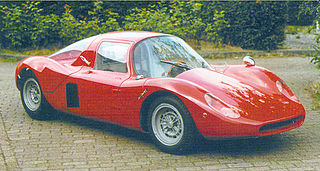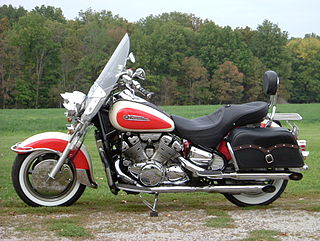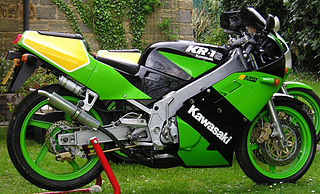This article includes a list of references, related reading or external links, but its sources remain unclear because it lacks inline citations .(January 2015) (Learn how and when to remove this template message) |
The James Comet was a 98 cubic centimeter (cc), two-stroke, motorcycle manufactured by the James Cycle Co. and announced on 21 October 1948. A post-World War II design, the Comet went into production in late 1948.

A motorcycle, often called a bike, motorbike, or cycle, is a two- or three-wheeled motor vehicle. Motorcycle design varies greatly to suit a range of different purposes: long distance travel, commuting, cruising, sport including racing, and off-road riding. Motorcycling is riding a motorcycle and related social activity such as joining a motorcycle club and attending motorcycle rallies.

The James Cycle Co Ltd., Greet, Birmingham, England, was one of many British cycle and motorcycle makers centred on the English Midlands, particularly Birmingham. Most of their light motorcycles, often with the characteristic maroon finish, used Villiers and, later, AMC two-stroke engines.

World War II, also known as the Second World War, was a global war that lasted from 1939 to 1945. The vast majority of the world's countries—including all the great powers—eventually formed two opposing military alliances: the Allies and the Axis. A state of total war emerged, directly involving more than 100 million people from over 30 countries. The major participants threw their entire economic, industrial, and scientific capabilities behind the war effort, blurring the distinction between civilian and military resources. World War II was the deadliest conflict in human history, marked by 50 to 85 million fatalities, most of whom were civilians in the Soviet Union and China. It included massacres, the genocide of the Holocaust, strategic bombing, premeditated death from starvation and disease, and the only use of nuclear weapons in war.
















